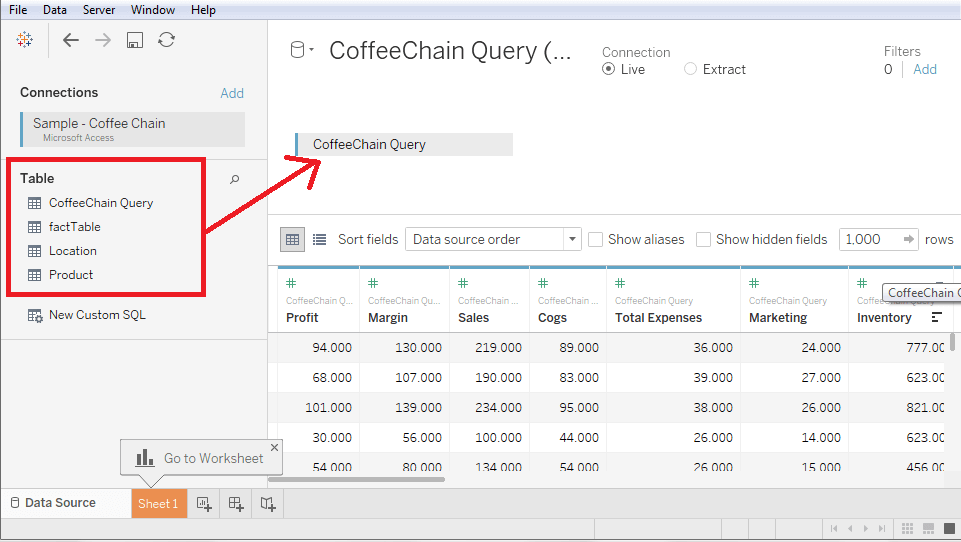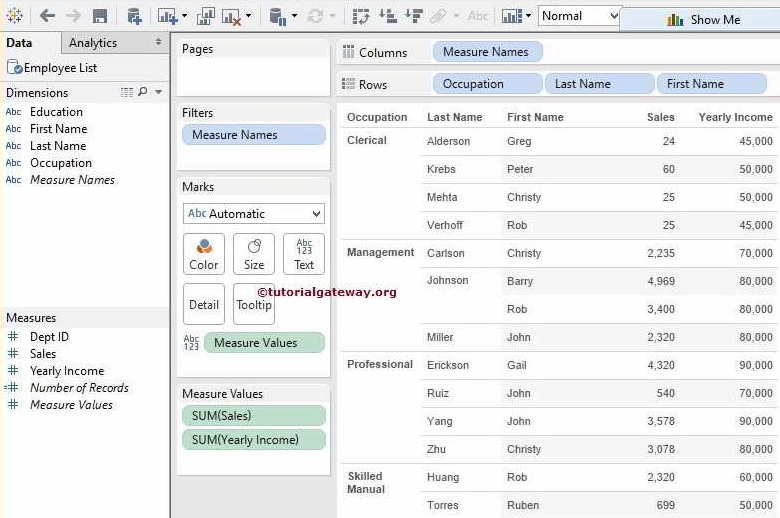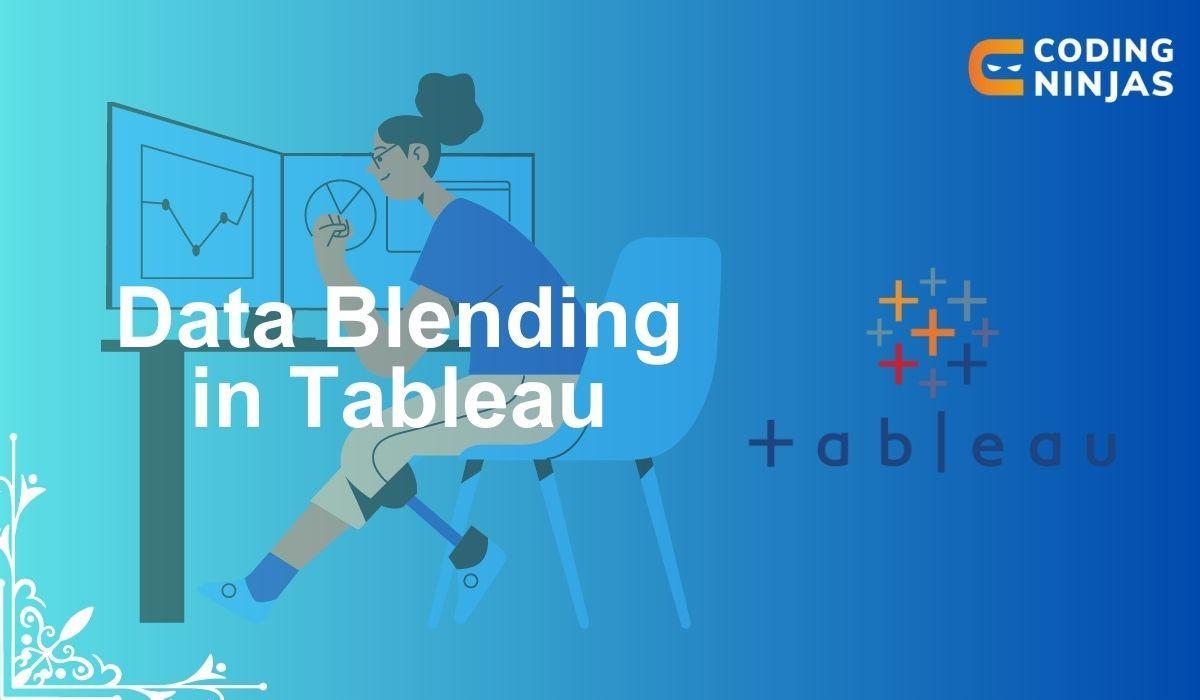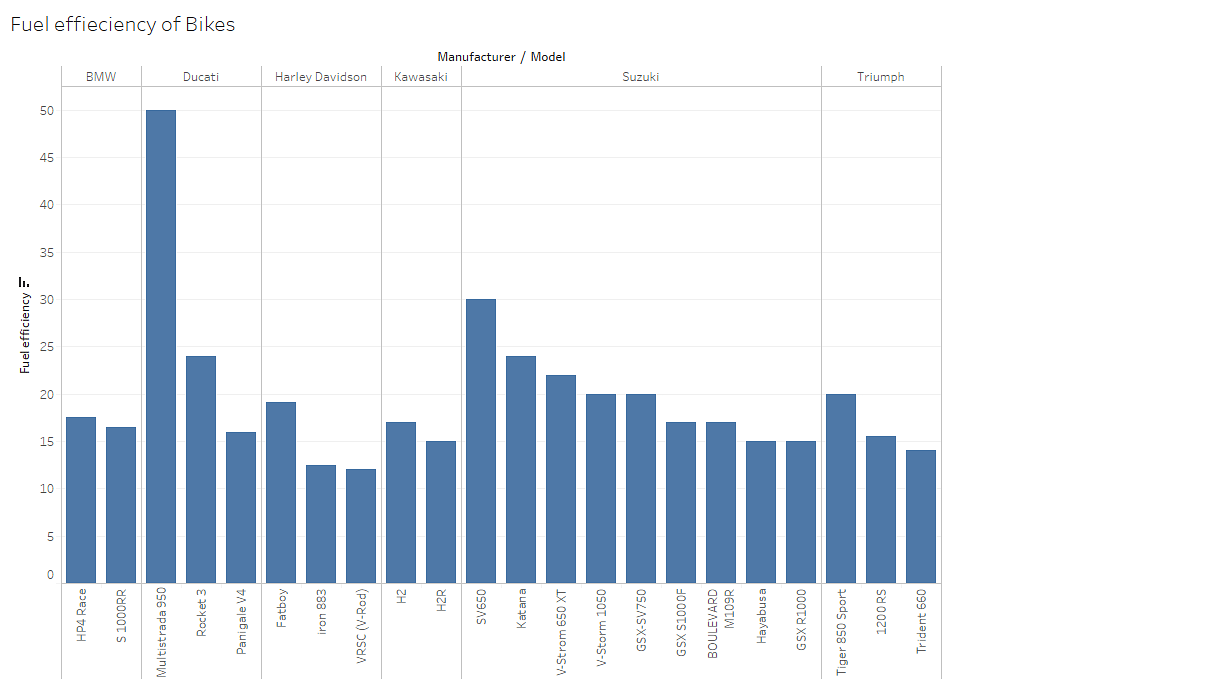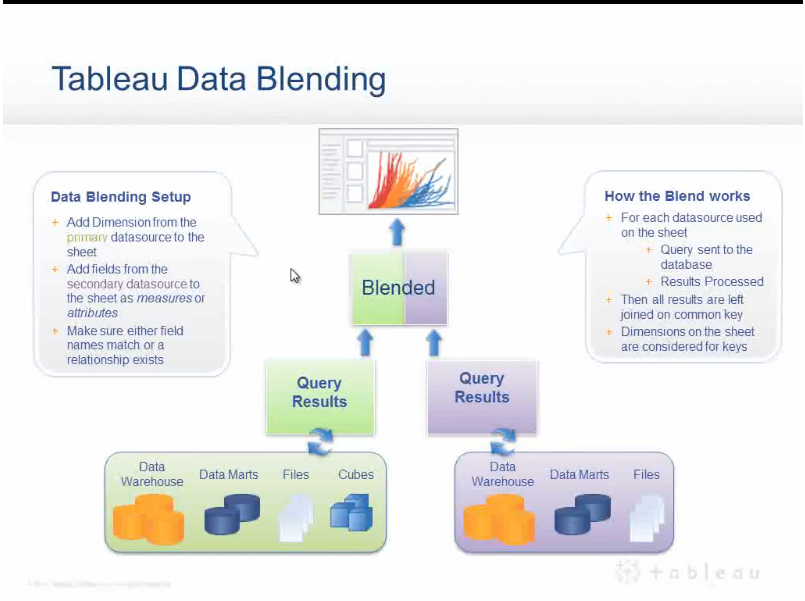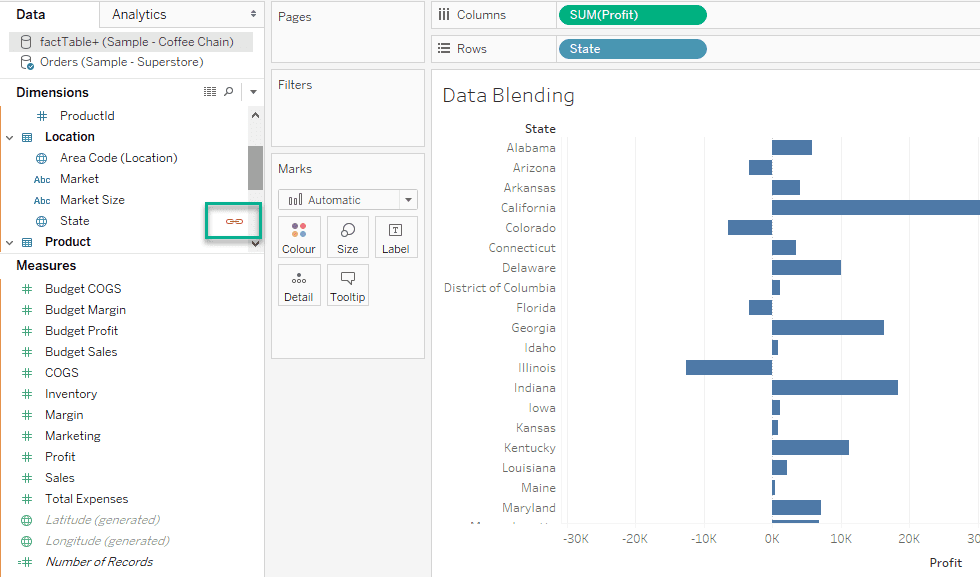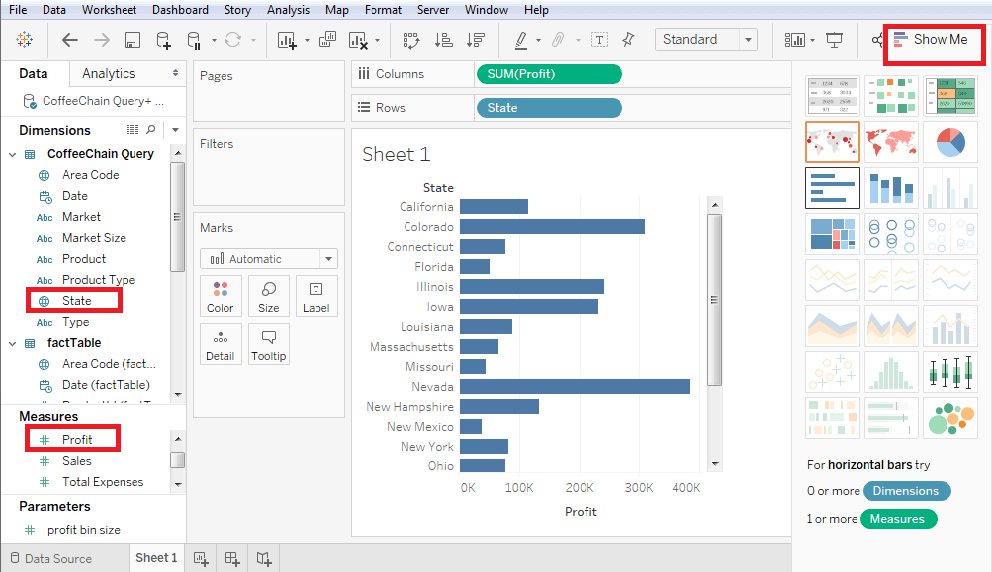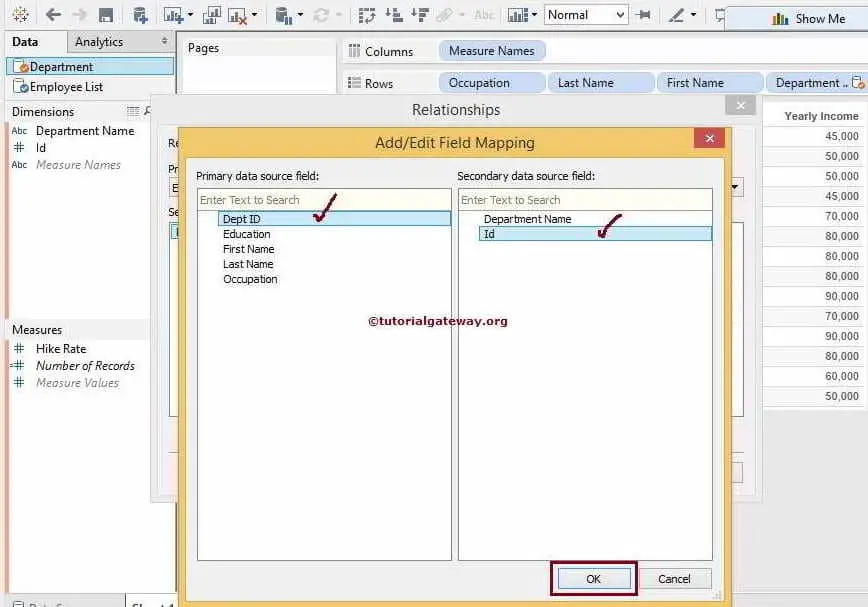Casual Info About What Are The 2 Ways Of Data Blending In Tableau Abline Ggplot

If you're looking to break into the booming data engineering field, here are the top 8 roles to consider, based on current industry trends and demands:
What are the 2 ways of data blending in tableau. In tableau, the data blending features allow us to bring data from two different data sources together in a single view or a single tableau worksheet. Data blending enhances data exploration and visualization by providing contextual insights from related data points, enabling users to derive meaningful conclusions. Tableau relationships vs joins (& blends):
Data joining and data blending. Data blending is the process of combining data from multiple sources to create an actionable analytic dataset. Data blending is a feature in tableau that enables user to add secondary data source to the primary data source and display them together.
These are three different ways to combine data from multiple tables for analysis, and each one has its own advantages and disadvantages. No need to create new level joins and is no way to add rows to your data or new dimensions. I’ve heard from customers who say it’s saved them months of work or let them do analyses they would not have even attempted before.
Data blending is a way to combine data in tableau. Note that there is now a blue check mark next to ofice city in the data pane. Then bring a field from one data source to the sheet—it becomes the primary data source.
In the data window, the blue tick indicates the primary data source (sales in the image below). This involves extracting data, and then storing or loading it into a data warehouse. Relationships present tables separately, but they define the way to quickly join the data when needed.
Switch to the other data source and use a field on the same sheet—it becomes a. It lets you combine disparate data sets on the fly simply by connecting to them and dragging fields into the view. Joins allow you to combine data into one large table.
The first field you drop onto a worksheet defines the primary datasource. To create a blend in a workbook, you need to connect to at least two data sources. The simplest way to think of data blending is as an aggregated outer join.
An orange tick indicates a secondary data source (promotions). Tableau data blending allows blending data on a single worksheet from multiple data sources and is attached to standard dimensions. Tableau offers analysts the ability to deliver incredible insight to.
In a world that generates and consumes 2.5 quintillion bytes of data, a day, organizations are bound to look for new methods to transform and combine data in order to attain optimum efficiency. Data blending in tableau is a technique used to combine and analyze data from multiple sources or connections within a single visualization. One such method of combining data is data blending in tableau.
This tableau data blending tutorial will first build your understanding of the powerful data combination approach before exploring the benefits. Customers have loved the feature since we launched it. To view the data in a secondary dimension view.
